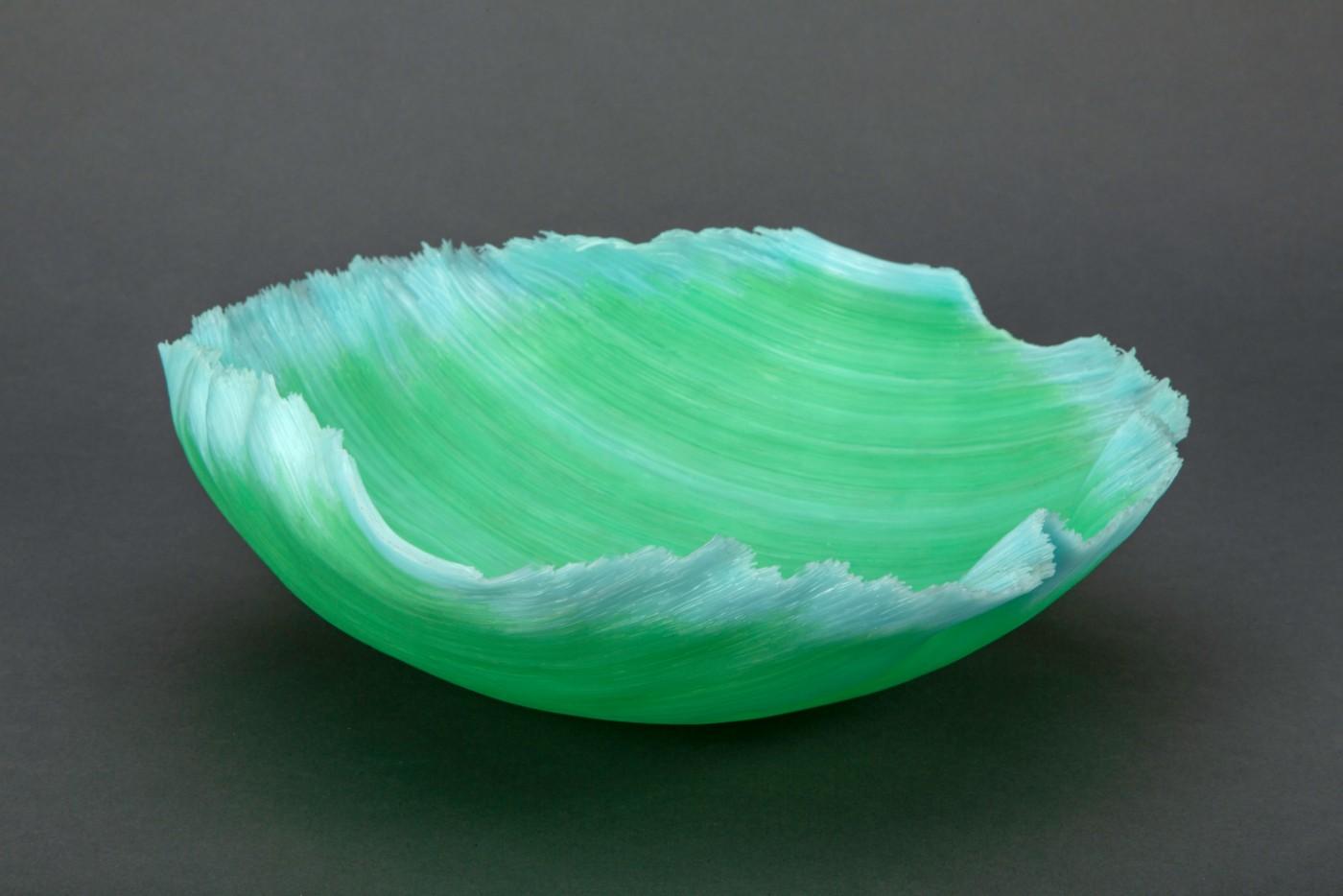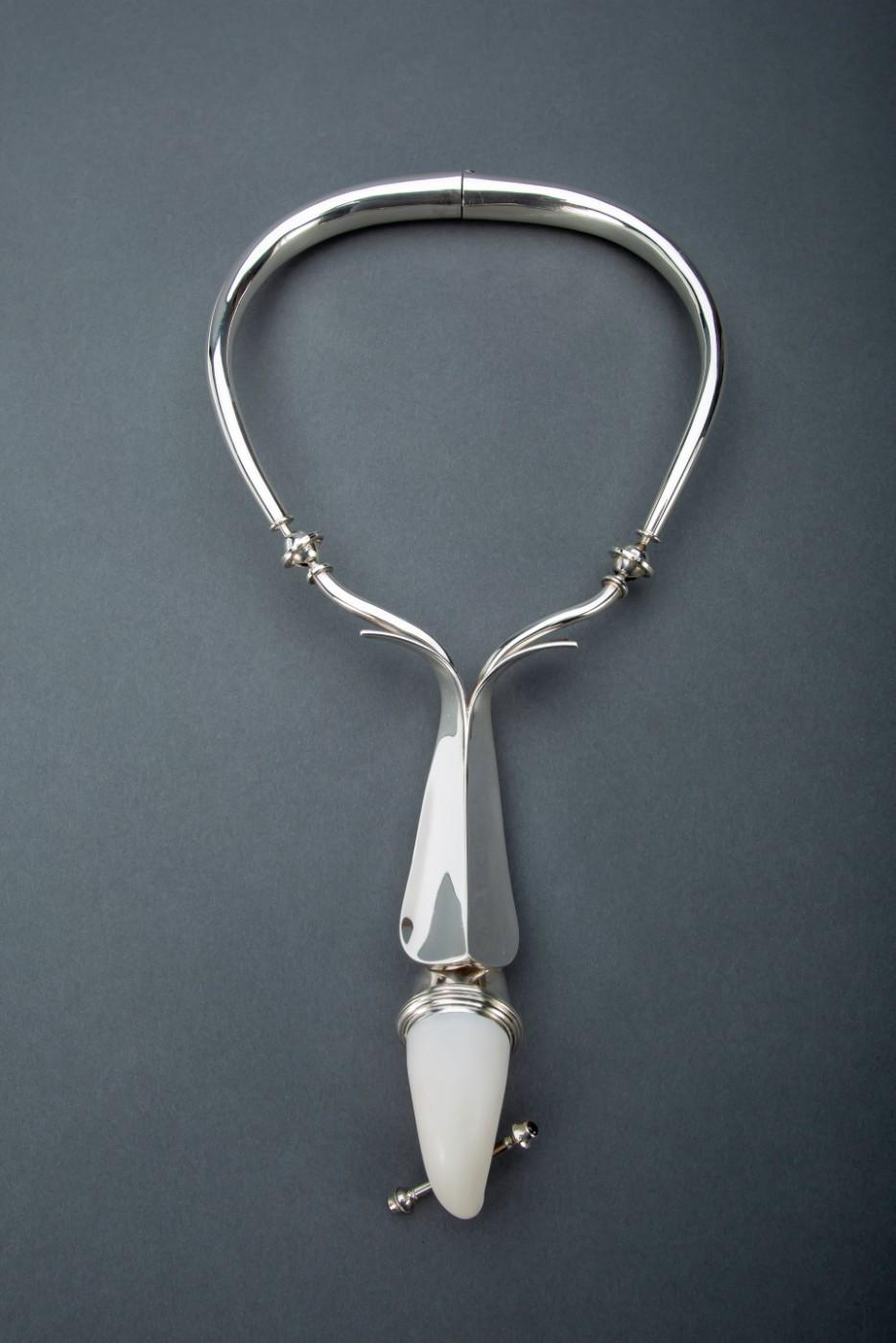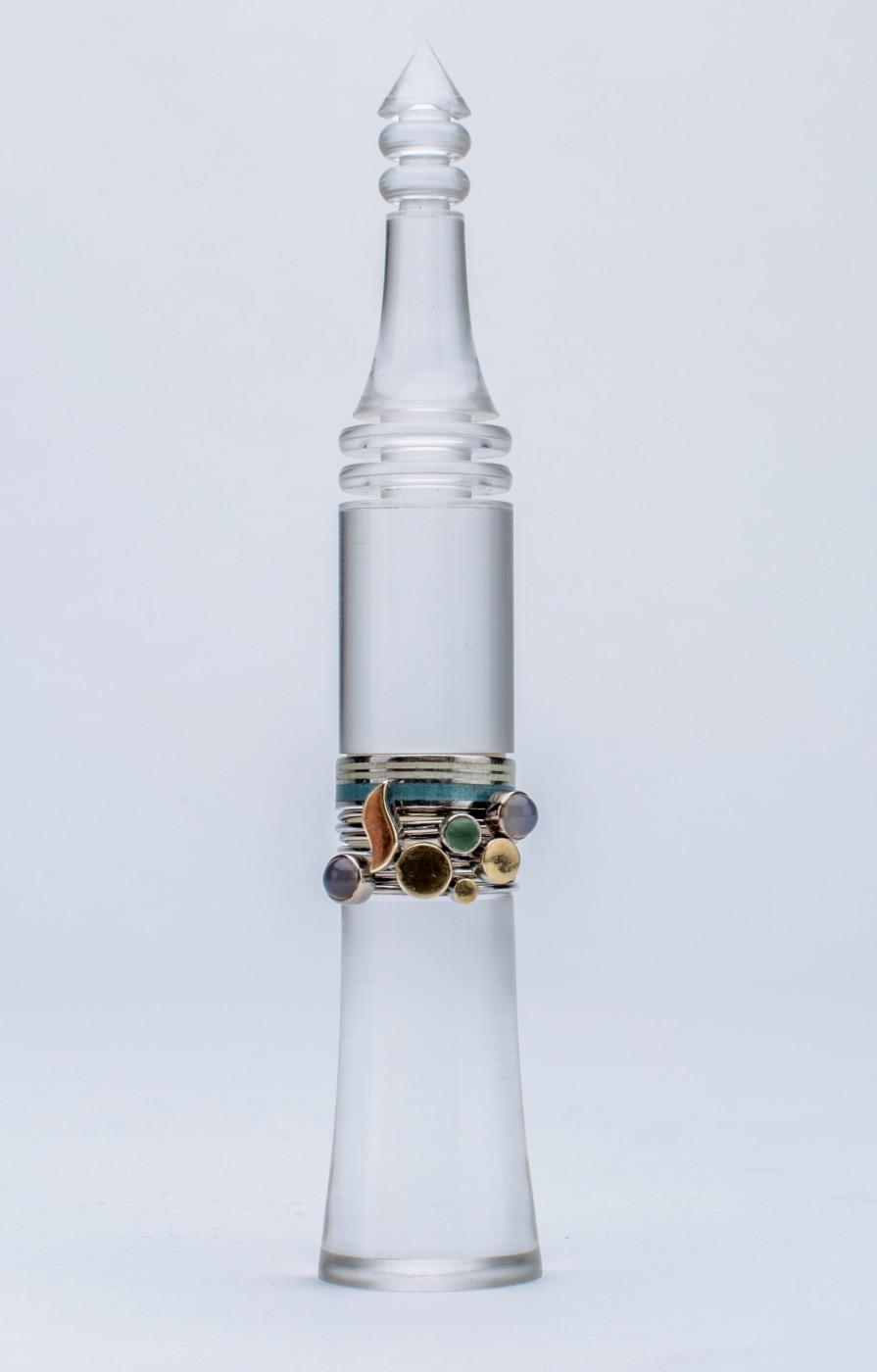In the years following World War II, studio craft—especially as it was being practiced in the United States—slowly began to undergo changes in content and form. Particularly in the 1960s and 1970s, many artists who used craft materials were pushing the boundaries of function and practical use—investigating materials and artistic concepts while beginning to overtly question social, political, environmental, and cultural issues.
OBJECTS REDUX: Clay, Glass, and Metal showcases studio craft made between approximately 1960 and 1985 when the field was looking at intentionally blurring any perceived boundaries between what was called craft and what was called fine art. Those years were also a time for the larger public to see studio craft in a new light, especially owing to the popularity of OBJECTS: USA, a landmark exhibition that traveled to museums across the country and overseas beginning in 1969. OBJECTS REDUX: 50 Years After OBJECTS: USA Defined American Craft opens in RAM's largest gallery space on September 21, 2019 to commemorate the touring exhibition's 50th anniversary.
While the spectrum of materials associated with studio craft is greater than the clay, glass, and metal featured in this exhibition, and the conversation is much broader today, dividing works into media categories does allow for focused investigations and for comparing and contrasting approaches across materials.
Artists whose works are featured in this exhibition include Ruth Duckworth, Michael Jerry, Cliff Lee, Marvin Lipofsky, James Lovera, Joel Philip Myers, June Schwarcz, Mary Tingley, and Toots Zynsky.

Toots Zynsky, Aqua Bowl #2, 1984. Glass. 5 ¼ x 15 inches diameter. Racine Art Museum, Gift of Barbara S. Rosenthal and Kenneth W. Juster.
Open August 11, 2019 through January 26, 2020 at the Racine Art Museum (RAM), OBJECTS REDUX: Clay, Glass, and Metal, 1960–1985 is the first exhibition in the museum's OBJECTS REDUX series—which will be featured in five of the gallery spaces at RAM. Primarily drawn from the collection, this exhibition offers a look at how studio craft was developing in the last part of the twentieth century.

Michael John Jerry, Elephant Trumpet Neckpiece, ca. 1970. Sterling silver, nylon, and garnet. 12 ¼ x 6 x 1 ¾ inches. Racine Art Museum, Gift of the Artist.

Wendy Ramshaw, Ring Set, 1978. Sterling silver, gold, gem stones,
enamel, and Perspex®. 5 3/8 inches diameter. Racine Art Museum, Gift of Gail M. Brown.
Owing to either the particularities of RAM's collection or individual successes in the field during the highlighted time period, the work of some artists is on view in more than one gallery this fall. For example, multiple works by Toshiko Takaezu, Joel Phillip Myers, and Ronald Hayes Pearson are on display throughout the museum.
As mentioned above, the four shows in the OBJECTS REDUX series––which utilize works borrowed from area lenders as well as work from RAM’s collection––celebrate the 1969 touring exhibition of contemporary craft, OBJECTS: USA. RAM is partnering with the Houston Center for Contemporary Craft to honor the anniversary of this landmark project. In addition to collaborating on a gallery guide to commemorate this event, both institutions are concurrently hosting large exhibitions at their respective venues and utilizing work borrowed from local collections.
Exhibitions at Racine Art Museum are made possible by: Platinum Sponsors – Anonymous, Windgate Foundation; Diamond Sponsors – David Charak, Tom and Irene Creecy, National Endowment for the Arts, Osborne and Scekic Family Foundation, Ruffo Family Foundation Inc.; Gold Sponsors – Anonymous, David Flegel, Herzfeld Foundation, Johnson Bank, Racine Community Foundation, Trio Foundation of St. Louis, Twin Disc, W.T. Walker Group, Inc.; Silver Sponsors – A.C. Buhler Family, Andis Foundation, Evinrude Outboard Motors, Lucy G. Feller, Dorothy MacVicar, Real Racine, We Energies Foundation, Wisconsin Arts Board; Bronze Sponsors – John Cram and Matt Chambers, Barbara Delaney, David and Ellen Easley, Educators Credit Union, The Furniture Society, Fredrick and Deborah Ganaway, William A. Guenther, Kirsten and Emily Maki Foundation, The Norbell Foundation, Charles H. Patton and Family in Memory of Joan S. Patton, Janna and Dr. Edward Waldeck, Bill and Mary Walker; Media Sponsors – 88Nine Radio Milwaukee, Wisconsin Public Radio.




























